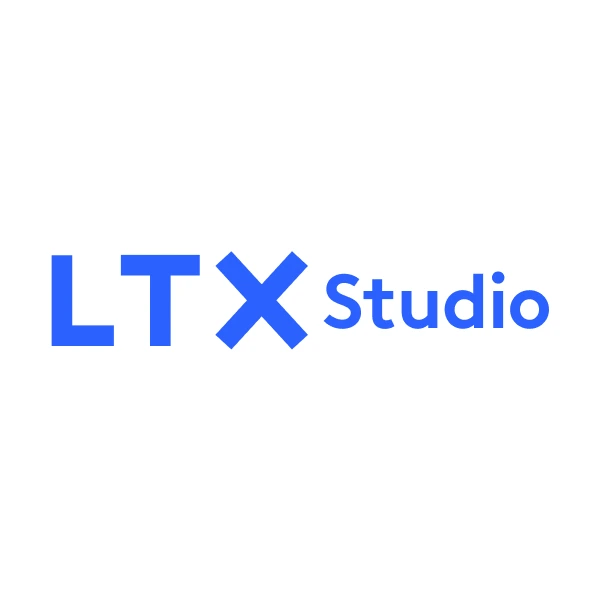Scripts get broken down scene by scene. Locations get scouted and secured. Actors get cast and rehearsed. Budgets get finalized. Storyboards get drawn. Pre-production turns ideas into executable plans before cameras roll.
What is pre-production in film and how can tools like LTX help with the planning process?
Let’s dive into the phase that determines production success.
{{blog-banner-static03}}
What is Pre-Production in Film?
Pre-production in film is the planning phase where filmmakers organize all logistics before shooting begins. The phase turns scripts into production plans. Every department works simultaneously so production runs smoothly.
Pre-production matters because it prevents costly mistakes during filming. Problems solved in planning cost pennies. Problems solved during production cost thousands. Smart pre-production means efficient shoots and controlled budgets.
The phase bridges creative development and physical production. Ideas become actionable tasks. Abstract visions become concrete plans. Teams align around shared understanding.
What Does Pre-Production Mean in Film?
Pre-production in film means all planning activities after script finalization but before principal photography. The phase includes casting, location scouting, budgeting, scheduling and creative planning. Timeframe varies from weeks to months depending on production scale.
Knowing what pre-production means reveals it’s about preparation preventing problems.
Every question answered in pre-production is one less crisis during shooting. Every decision made early is one less delay on set.
The phase involves producers, directors, cinematographers and department heads. Everyone contributes to planning their part of the production. Coordination ensures all departments work towards the same vision.
What Happens in Pre-Production?
What happens in pre-production includes all planning activities before the shoot.
Script breakdown identifies every element needed. List all locations, props, costumes and special requirements. Count how many shooting days each scene requires. Determine technical needs like special effects or stunts.
Budgeting allocates resources across all departments. Estimate costs for crew, equipment, locations and post-production. Producers balance creative ambitions with financial reality. Create contingency funds for unexpected expenses.
Casting finds actors matching character requirements. Hold auditions and callbacks. Negotiate contracts and schedules. Ensure talent availability matches shooting schedule.
Location scouting finds and secures filming locations. Visit potential sites and assess logistics and aesthetics. Get permits and negotiate rental agreements. Plan backup locations for weather contingencies.
Storyboarding visualizes every shot before filming. Storyboards communicate visual plans to the whole crew. Identify potential problems in shot sequences. Determine camera and lighting requirements.
Shot listing details every planned camera setup. Organize shots by location for efficient scheduling. Determine equipment needs based on planned shots. Create shooting schedule to optimize resources.
Production design plans sets, props and visual atmosphere. Designers create mood boards to establish aesthetic direction. Build or rent necessary set pieces. Coordinate with costume and makeup departments.
Crew hiring assembles production team. Find cinematographers, gaffers, sound recordists and other specialists. Ensure crew availability matches schedule. Confirm equipment rentals.
Rehearsals prepare actors before shooting. Block scenes to work out movement and staging. Refine performances without production pressures. Solve creative questions before expensive shoot days.
Technical preparation tests equipment and workflows. Camera tests to ensure desired look is achievable. Lighting tests to solve technical challenges. Special effects teams plan complex sequences.
What is Pre-Production in Animation?
Pre-production in animation follows the same principles but different specifics. Animation pre-production focuses on visual development before animation begins.
Scriptwriting establishes story and dialogue. Animation scripts have more visual description than live-action. Writers consider what can be animated.
Concept art develops character designs and environments. Artists create visual references for the entire production. Style guides to ensure consistency across animators.
Storyboarding is more detailed for animation. Every shot must be planned since nothing is captured spontaneously. Animators work entirely from storyboard plans.
Animatics create rough animated versions with timing. Animatics test pacing before final animation. Teams identify problems early when changes are cheap.
Voice recording often happens during pre-production. Animation matches to recorded dialogue. Actors’ performances inform character animation timing.
Asset creation builds character rigs and environment models. Technical artists prepare everything animators need. Pre-production creates all production tools.
Pre-Production with LTX
LTX Studio simplifies film planning with AI-powered pre-production tools.
Create detailed storyboards to visualize entire projects. Generate shot sequences from scripts.
Test visual approaches before production investment. Communicate vision to stakeholders.
Develop pitch decks for fundraising. Include mood boards, character designs and visual references. Present professional materials to secure financing.
Generate animatics to preview timing and pacing. Test how sequences flow. Identify issues before production begins.
Design characters for casting references. Visualize how characters will appear on screen. Share visual casting guides with talent agencies.
Plan cinematography approaches through visual testing. Preview lighting and camera setups. Make informed decisions about gear and techniques.Work on shared projects. Department heads review at the same time. Get feedback fast. Version control.
This allows filmmakers to do pre-production faster and cheaper. Reduce planning time from months to weeks. Focus on production not planning.
Conclusion
Pre-production is what makes or breaks productions. Proper planning prevents costly problems on set. From script breakdowns to storyboards pre-production is the roadmap for the entire production.
With LTX filmmakers can pre-produce faster with AI powered planning tools. Modern platforms speed up visualization, improve communication and reduce pre-production costs while maintaining quality.
Heading
November 13, 2025


















.png)





